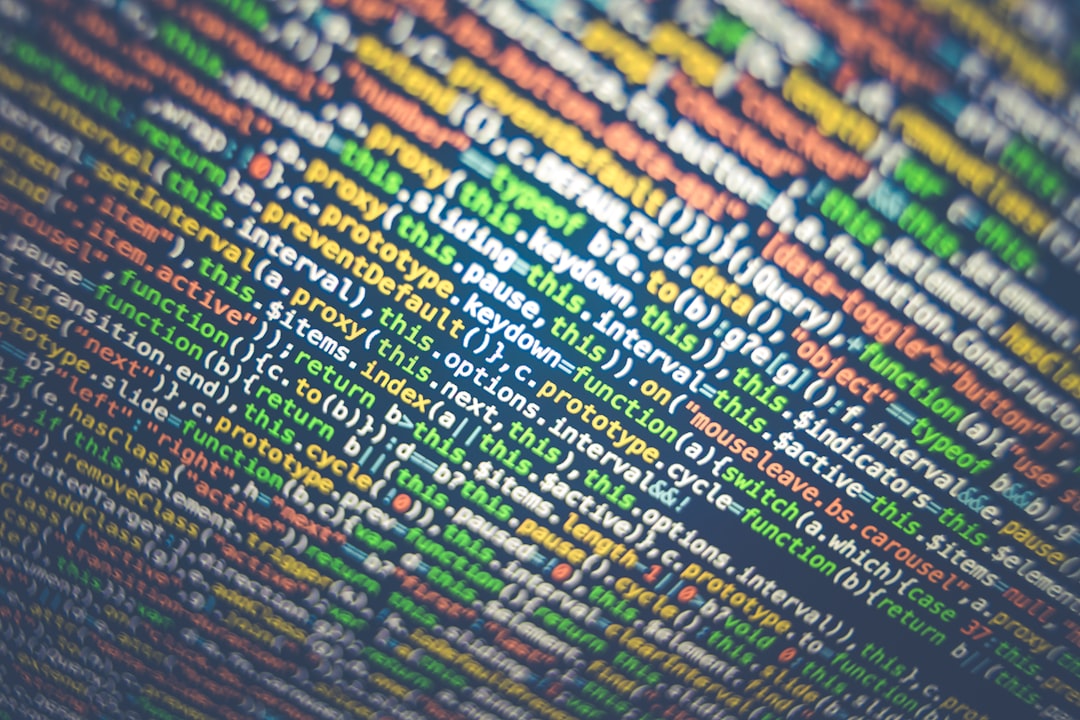What is it about?
We asked adults with or without Tourette syndrome (TS) not to blink for 60 seconds, 5 times. Participants continuously rated their level of discomfort during don't-blink periods and OK-to-blink recovery periods. We found that individual time-discomfort curves (from 4 trials) better predicted each subject's discomfort curve (from a 5th trial) than did previously used, one-size-fits-all models of discomfort during blink suppression. We also found that the TS group blinked more than twice as often during the blink suppression blocks. That result was not explained by increased baseline blinking or blinking tics. To our surprise, however, the TS folks with poorer blink suppression ability did not necessarily have poorer tic suppression ability (measured separately).
Featured Image
Why is it important?
We next will use these measurements of discomfort during these don't-blink trials, which were done out of the scanner, to search for brain regions with similar activity when the participants were in an MRI scanner on a different day. The decreased ability to suppress blinks in TS may indicate the kind of inhibitory function deficit that has long been hypothesized in TS but has been hard to demonstrate with most laboratory tests. We suspect that inhibiting longstanding motor responses to sensory discomfort may differ in important ways from tasks like "press the button as fast as you can after each letter we show you, but not when the letter is X."
Perspectives
Haley Botteron was an undergraduate student when she did this work and did a great job with it. Cheryl Richards worked patiently on this project for several years and her grant from the Tourette Association of America funded it. Tom, Haley A., and Jon all did important computer stuff, and Keisuke Ueda identified tics from the tic suppression task. Working with all these folks was really enjoyable.
Dr Kevin J. Black
Washington University in St. Louis
Read the Original
This page is a summary of: The urge to blink in Tourette syndrome, Cortex, August 2019, Elsevier,
DOI: 10.1016/j.cortex.2019.07.010.
You can read the full text:
Contributors
The following have contributed to this page










